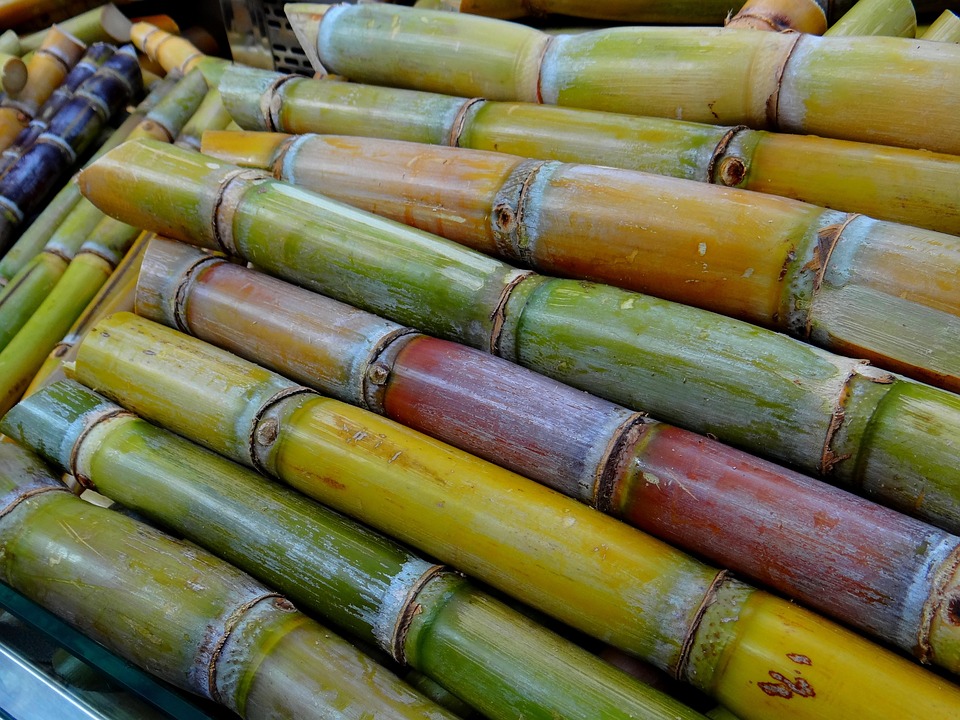Bioplastics are one of the most amazing inventions in the last century. The continuous development of bioplastics to address solid waste issues due to plastic use in the past few decades is very promising. Find out what makes bioplastics truly exciting.
Bioplastic from sugarcane bagasse, also called sugarcane bioplastic, is one of the main types of biobased plastics today. Sugarcane polyethylene is manufactured into a host of different plastic products, from food utensils to medical devices. But how are bioplastics made? Are plant-based biodegradable products truly better for the environment? We attempt to answer these questions today to make sense of how plastic has become the central problem in ecological protection.
Is Sugar Cane Plastic Biodegradable?
Is sugarcane bioplastic biodegradable?
In a nutshell, yes, sugarcane plastics are biodegradable. However, it’s important to make some distinctions about the breakdown process of organic materials and something created with biomass.
There are several classes of bioplastics manufactured globally, and not all of them degrade in how you think. People often imagine that bioplastics will break down the way rotting garbage does.
Rotting garbage essentially will turn into constituent molecules like water and carbon dioxide, and these molecules will certainly not harm the earth. However, in the case of bioplastics, the path to degradation is not so straightforward. Like conventional plastics, bioplastics are very much stable, and they are also very much resistant to degradation.
This means that if a bioplastic container were not recycled or broken down properly, it would behave much like conventional plastic. It will only break down at the physical level, turning into nano plastics, but it will remain essentially intact. This is the main problem with all sorts of plastics, too.
Should there be proper collection and the right facilities nearby, then bioplastics are certainly a better choice for consumers. Not all bioplastics can or should be recycled anyway. Some of them can be just broken down chemically, minus the environmental harm.
The problem is that bioplastics require specific parameters before they break down sufficiently: the presence of oxygen, heat, and the bacteria that eats the plastic and turns the plastic into the constituent parts that we talked about earlier.
Yes, it is a complicated route for bioplastics, and the lack of clarity as to what these plastics can and cannot do can complicate things further. Consumers must be more aware of what they buy and use.
Another important distinction that we’d like to raise here is that some plastic products are marked “biobased” but are not wholly made from biomass feedstock.
Some biobased plastics contain 30% biomass feedstock material, while the rest of the plastic is still derived from petroleum products. In the long term, these plastics barely help with the cause of protecting the environment because there are too little biomass and very little incentive to recycle the plastic.
Why Is Sugarcane Bad for The Environment?
In places like some countries in Africa, sugarcane farming poses some dangers to the environment that have yet to be addressed properly.
One of the main problems with sugarcane farming is burning the previous crops before planting new ones. Burning large tracts of sugarcane will cause plenty of air pollution, and there is also the biomass residue to think about.
Having too much biomass residue and no plans to clean it up can still harm the environment and the people.
State authorities find the practice abhorrent because all the sugarcane being burned with no other purpose, but simply clear land could have been turned into something more useful – like energy to light homes. Truly, the path in agriculture is determined largely by the knowledge and technology of the people engaged in agriculture in the first place.
Can You Recycle Sugarcane Plastic?
Like other bioplastics, sugarcane plastic can be recycled. However, “recycling” isn’t a unitary term, and there are different kinds of recycling. Primary recycling can only be done with bioplastic scraps that are of the highest grade of purity, and their history has to be known as well.
You can’t perform primary recycling on just any collection of scraps, especially if the scraps are dubious, and you don’t know how clean or pure the bioplastics are in the first place.
The next type of recycling is secondary recycling, which is also known as downgrading. In secondary recycling, the plastic waste is essentially transformed into a form or product that is less demanding, production-wise.
That’s the kind of transformation that takes place in secondary recycling. Secondary recycling makes use of production techs that do not require the chemical breakdown of the bioplastic anymore.
And finally, we have tertiary recycling. In tertiary recycling, bioplastic waste is degraded into individual monomers. In chemical jargon, that means the plastic gets spliced down to their molecules, not just the big physical bits. If chemical recycle is much more problematic and expensive, not to mention that then why try it anyway?
There are many factors dictating why a manufacturer would want to do this type of recycling. First, the manufacturer gains more control of what goes into the finished product from the chemistry perspective.
Second, breaking down bioplastics to the monomers level means you can produce final value-added products with a much bigger price tag. While melting and injection molding can already produce products that can fetch a nice price outside, reinforcing bioplastics, so they become more appropriate for other specialized uses is where the profits lay.
What is truly interesting about bioplastics is that as long as you can recover the plastic, the plastic’s polymerization can be done ad infinitum. This is theoretical, yes, but bioplastics shouldn’t pose as much as a headache that plastics made conventionally in an ideal world. Another type of recycling that produces energy also exists. This process is called quaternary recycling. The burning of bioplastics produces steam (heat), which can then be transformed into electricity.


